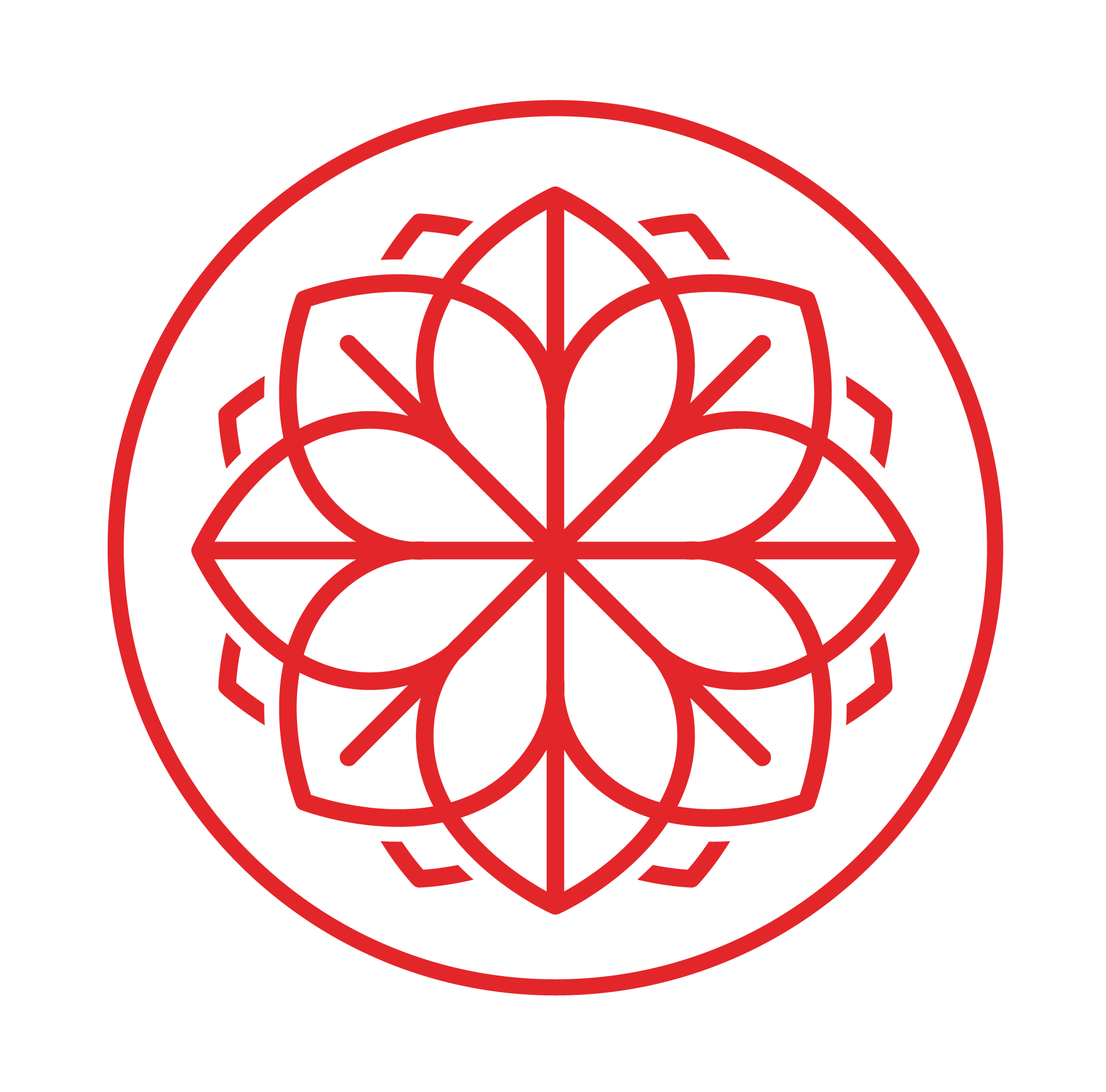Discover how hypnosis can complement your existing wellness practices and open new doors to transformation. Guest blog by Sara Rahn of Compassionate Healing: Holistic Mental Health Services.
Contrary to popular entertainment portrayals, hypnosis isn't about mind control or performing onstage. Clinical hypnosis is a natural, focused state of attention where the conscious mind relaxeswhile the subconscious becomes more receptive to positive suggestion, or suggestions of change.In this state, which is referred to as the trance state, you remain aware and in control—youcannot be made to do anything against your values or wishes. This state of heightenedsuggestibility allows for transformative work that can address deeply rooted patterns and behaviors that mindfulness alone might take years to uncover. This is an incredibly powerful tool considering modern neuroscience research shows most brain activity- around 90-95%- is on a subconscious level.
The American Psychological Association and American Medical Association have recognized hypnotherapy as a valid practice since 1958, and the National Institutes of Health (NIH) has recommended it as an effective, noninvasive, none addictive treatment for chronic pain since 1995. The American Society of Clinical Hypnosis, founded by Milton Erickson, has been the accrediting body for the practice of hypnosis and has been certifying professionals since 1957.
Key Benefits of Hypnosis
Reduced Anxiety and Stress
Hypnosis naturally induces a profound relaxation response in the body, lowering cortisol levels and activating the parasympathetic nervous system. This physiological shift not only feels wonderful in the moment but teaches your nervous system how to return to this balanced state on its own. Most hypnosis techniques, overtime, can also be applied independently without the facilitation of a professional. It is the ultimate goal that these techniques can become life long integrative tools.Breaking Unwanted Habits
From smoking cessation to weight management, hypnosis has shown impressive results in helping people overcome stubborn habits. By addressing the underlying subconscious patterns and emotional connections to these behaviors, hypnosis creates space for new, healthier choices. While in the trance state, the professional will aid in modifying the perception of the unwanted behavior and replace it with the desired change.Enhanced Performance
Whether in sports, public speaking, or creative pursuits, hypnosis can help remove mental blocks and improve performance by aligning your subconscious beliefs with your conscious goals. During the trance state, the facilitator will address several blocks to success, including negative self-perception, preemptive nerves and ruminating thoughts. Hypnosis can also improve a persons visualization skills, facilitating the manifestation of a particular goal.Pain Management
Studies have consistently shown hypnosis to be effective in managing both acute and chronic pain, sometimes reducing the need for medication and improving quality of life. Hypnosis works by influencing the brain's processing of pain signals, allowing individuals to dissociate from the sensation and experience it as less severe. Both the Veterans Health Administration and the Arthritis Foundation endorse hypnosis in the treatment of chronic pain.
The Hypnosis Experience
Clinical hypnosis should be provided by a licensed professional with appropriate credentialing. Like any comprehensive therapeutic intervention, hypnosis begins with gathering thorough background information from the client. The intake process includes discussion of relevant medical and psychological elements. This preparation allows the hypnotherapist to create a tailored plan designed to meet your specific needs.
During a hypnosis session, you'll remain comfortably aware throughout the experience. Most clients prefer to recline or lie down. The session begins with an induction phase, where the therapist guides you to focus on calming sensations. After your eyes comfortably close, a deeper sense of calm and peace is encouraged.
Clients often describe the resulting trance state as feeling similar to the twilight phase right before falling asleep. While in this state, the hypnotherapist explores the subconscious mind through various techniques. This process may include asking questions that elicit and uncover subconscious elements. Throughout the trance state, the hypnotherapist uses suggestive language and explores different aspects of the client's mind and body in alignment with their therapeutic goals. People typically feel deeply relaxed yet mentally alert—similar to that dreamy state just before falling asleep or just after waking. Many clients describe the experience as profoundly peaceful, refreshing, and insightful.
Taking the Next Step
If you've tried other modalities and other approaches but still struggle with certain patterns or issues, hypnosis might be the missing piece in your wellness journey. It offers a direct route to the subconscious mind where lasting change begins.
To learn more about hypnosis services and how they can support your personal wellness goals, or to schedule your first appointment, visit sararahn.com. Sara Rahn, a licensed therapist, has recently teamed up with MKE MindBody Wellness to offer hypnosis as a part of a comprehensive package.

